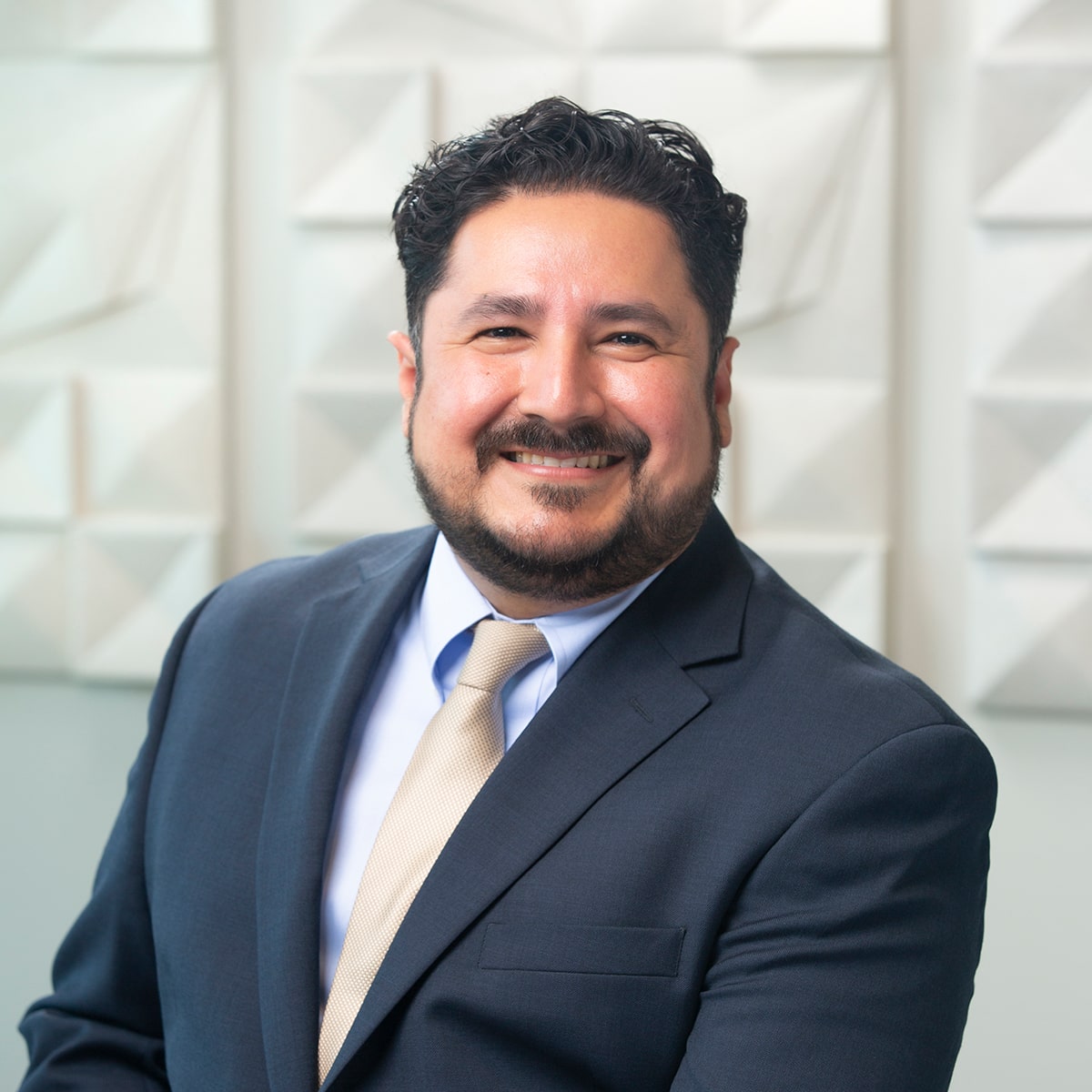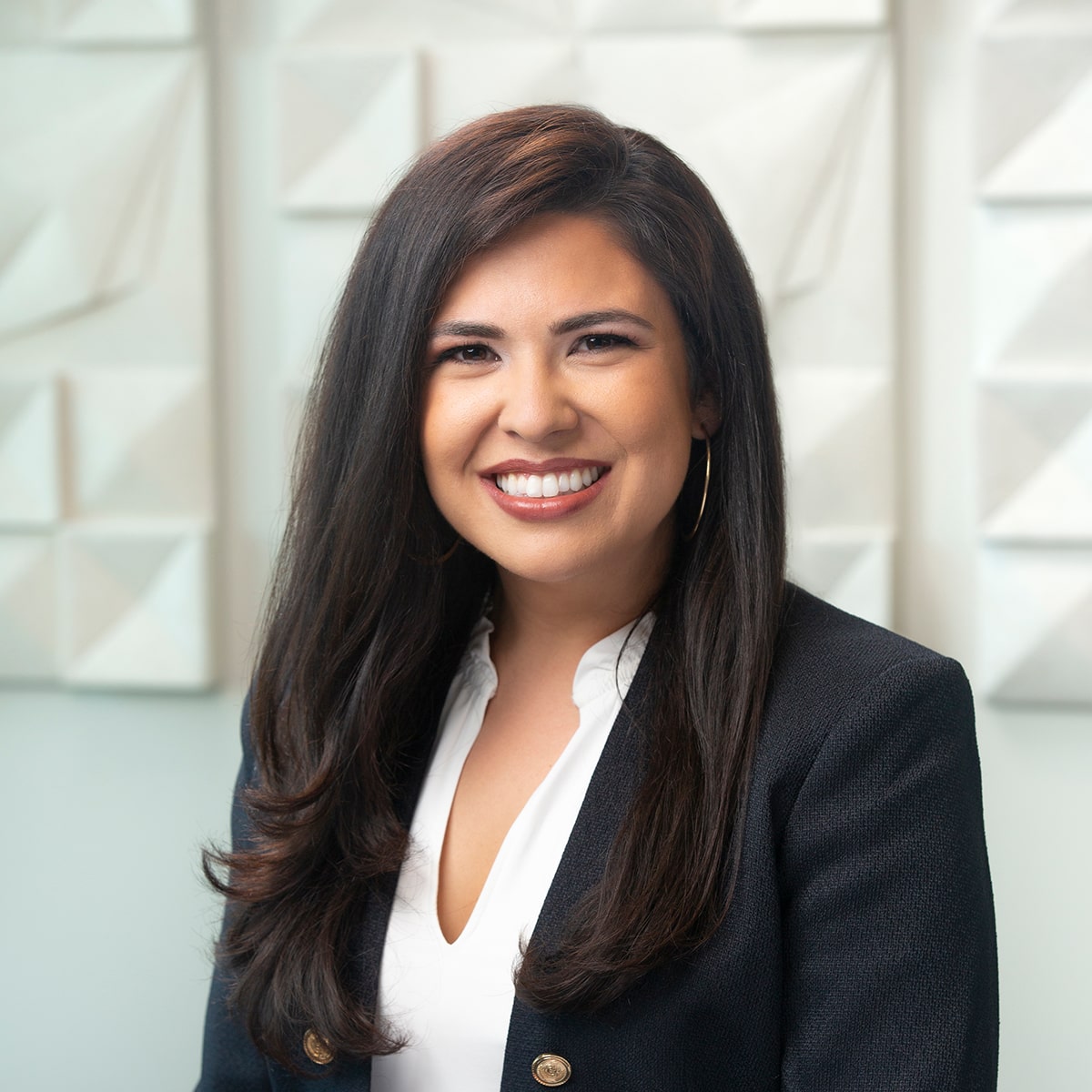
Introducing Service 360
At Whelan Financial you’ve probably heard us say that we work with our clients’ other professionals. We do, as the need arises, collaborate with our client’s CPAs, estate planning attorneys, and the like, to execute immediate financial planning strategies on a year-over-year basis. Your Financial Needs As CFP professionals, it is our job to balance your short-term financial needs with your long-term financial goals. For instance, making sure your current spending habits are sustainable in retirement or foregoing tax deductions this year in favor of reduced taxes in the future. In order to advise you in this way, we construct complex financial plans that bring all of the component parts of your finances together in an analysis that extends not just from the current year, but through your life expectancy. Not only will it reveal how much you can expect to have remaining for loved ones or charities, it also informs us of issues that may occur down the road. For instance, years in which your income tax may spike, or when your heirs may be at risk for paying estate tax. The Service 360 Difference We realized that this data is not just important to the advice we give, but

2023 End-of-Year Financial Checklist
It’s that time of year again, so before the holiday season takes over, let’s pause to ensure that your financial well-being is on solid ground. This end-of-year financial checklist is designed to help you safeguard your financial present and fortify your financial future. 1. Maximize 401(k) Contributions Your employer-sponsored retirement plan is perhaps one of the most powerful financial tools at your disposal. Maximize your contributions as much as possible and take full advantage of any employer match, if available. For 2023, you can contribute $22,500, or $30,000 if you’re over 50 years old. Check with your 401(k) service provider to see that you are on track to maximize your contributions by year-end or if you need to make additional contributions. 2. Take your RMD When you turn 73 the IRS insists that you take a minimum distribution each year from your IRAs and 401(k). This is because money in these accounts has not yet been taxed, so in turn the IRS imposes this Required Minimum Distribution, or “RMD”, to commence collecting taxes on these monies. A specific calculation involving the year-end balance in the account relative to your life expectancy is used to determine the amount you must take.

Introducing Service 360
At Whelan Financial you’ve probably heard us say that we work with our clients’ other professionals. We do, as the need arises, collaborate with our client’s CPAs, estate planning attorneys, and the like, to execute immediate financial planning strategies on a year-over-year basis. Your Financial Needs As CFP professionals, it is our job to balance your short-term financial needs with your long-term financial goals. For instance, making sure your current spending habits are sustainable in retirement or foregoing tax deductions this year in favor of reduced taxes in the future. In order to advise you in this way, we construct complex financial plans that bring all of the component parts of your finances together in an analysis that extends not just from the current year, but through your life expectancy. Not only will it reveal how much you can expect to have remaining for loved ones or charities, it also informs us of issues that may occur down the road. For instance, years in which your income tax may spike, or when your heirs may be at risk for paying estate tax. The Service 360 Difference We realized that this data is not just important to the advice we give, but

2023 End-of-Year Financial Checklist
It’s that time of year again, so before the holiday season takes over, let’s pause to ensure that your financial well-being is on solid ground. This end-of-year financial checklist is designed to help you safeguard your financial present and fortify your financial future. 1. Maximize 401(k) Contributions Your employer-sponsored retirement plan is perhaps one of the most powerful financial tools at your disposal. Maximize your contributions as much as possible and take full advantage of any employer match, if available. For 2023, you can contribute $22,500, or $30,000 if you’re over 50 years old. Check with your 401(k) service provider to see that you are on track to maximize your contributions by year-end or if you need to make additional contributions. 2. Take your RMD When you turn 73 the IRS insists that you take a minimum distribution each year from your IRAs and 401(k). This is because money in these accounts has not yet been taxed, so in turn the IRS imposes this Required Minimum Distribution, or “RMD”, to commence collecting taxes on these monies. A specific calculation involving the year-end balance in the account relative to your life expectancy is used to determine the amount you must take.
Authors
-
 CEO/Partner/Senior Advisor
CEO/Partner/Senior Advisor -
 CFO/Partner/Senior Advisor
CFO/Partner/Senior Advisor -
 Director of Trading/Senior Advisor
Director of Trading/Senior Advisor -
 Chief Compliance Officer/Investment Advisor
Chief Compliance Officer/Investment Advisor -
 Investment Advisor
Investment Advisor -

-
 Founder/President/Senior Advisor
Founder/President/Senior Advisor -
 Chief Administrative Officer
Chief Administrative Officer -
 Investment Advisor/Client Services Manager
Investment Advisor/Client Services Manager